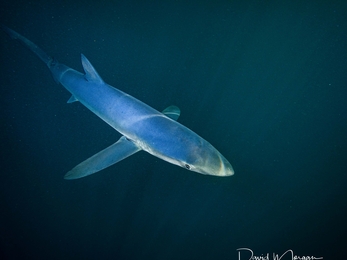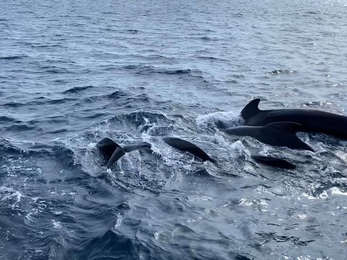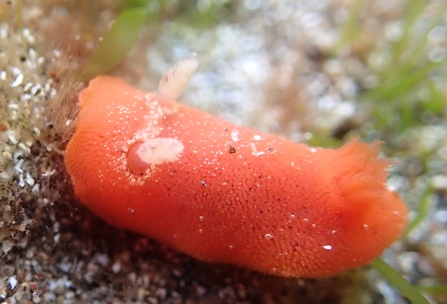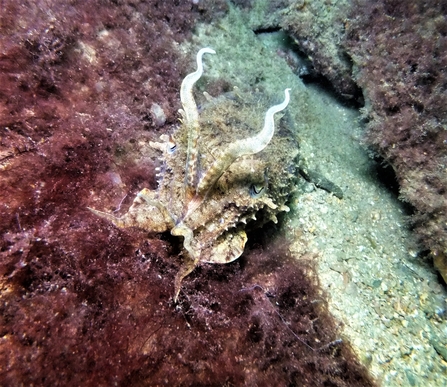This year was a little different due to the coronavirus pandemic. Government guidelines meant that we were unable to run large public events as we have in past years, so we decided to ask the public to take part in our first ever Cornwall Marine BioBlitz and record and report all the marine life they saw from the 25th July to the 9th August.
Fortunately, we have an amazing recording system; the ORKS app which is becoming increasingly popular. ORKS, which stands for Online Recording, Kernow and Scilly, was developed to make sending in wildlife records as easy as possible. It works on smart phones and you can also access it through the ERCCIS website on your computer at home. I downloaded the app during lockdown and have discovered that recording wildlife using it is not only easy, but surprisingly fun! I have a great collection at my fingertips to remind me of all the wildlife I have encountered since I downloaded it and it is great to know that the data collected is now available for anyone who needs it, including for Cornwall Wildlife Trust’s vital conservation work.





